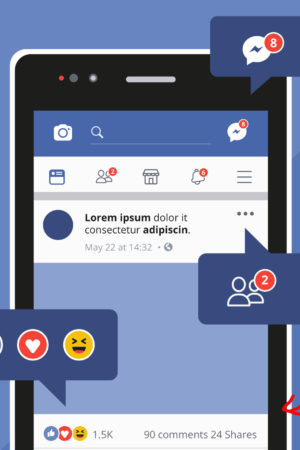One of the things successful businesses and brands do correctly is having a Customer-Centric business structure. I really love how Superoffice.com described Customer Centricity, they said “Customer Centricity is not just about offering great customer service, it means offering a great experience from the awareness stage, through the purchasing process and finally through the post-purchase process. It’s a strategy that’s based on putting your customer first, and at the core of your business.”
Customer centricity is not just about offering great customer service, it means offering a great experience from the awareness stage, through the purchasing process and finally through the post-purchase process.
Understanding that the way to win for your business is being customer-centric is one thing and being able to manage your customer insights is another thing…Hence the need to understand what Customer Relationship Management ( CRM ) means and what it is all about. (more…)












